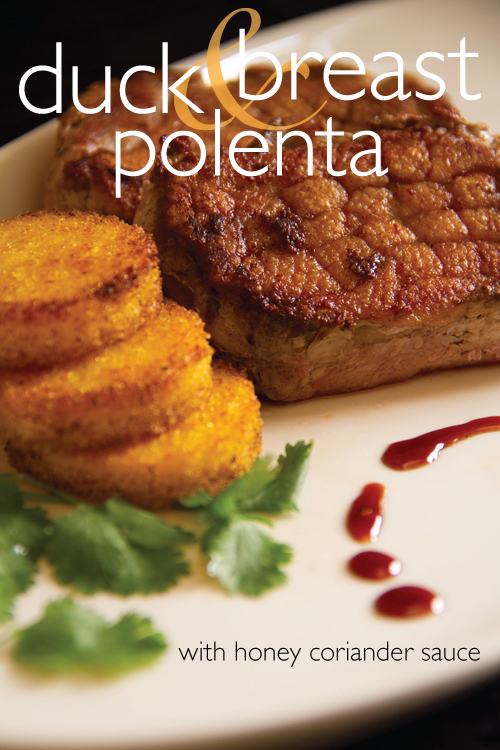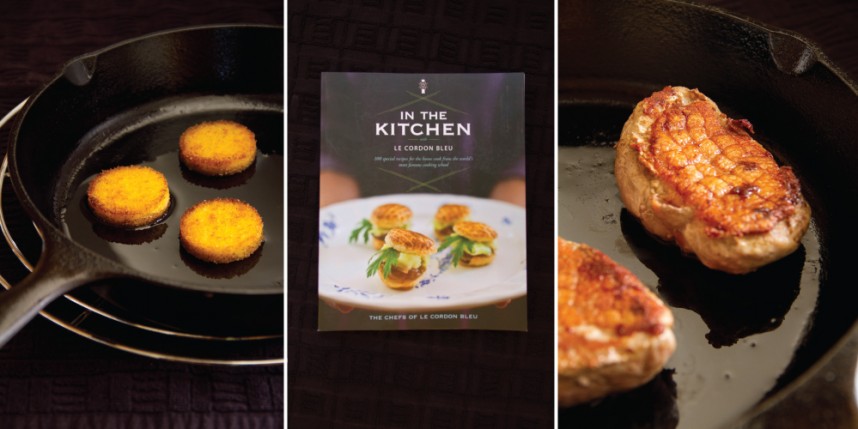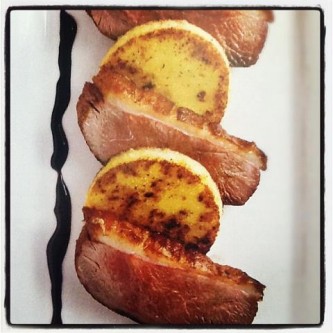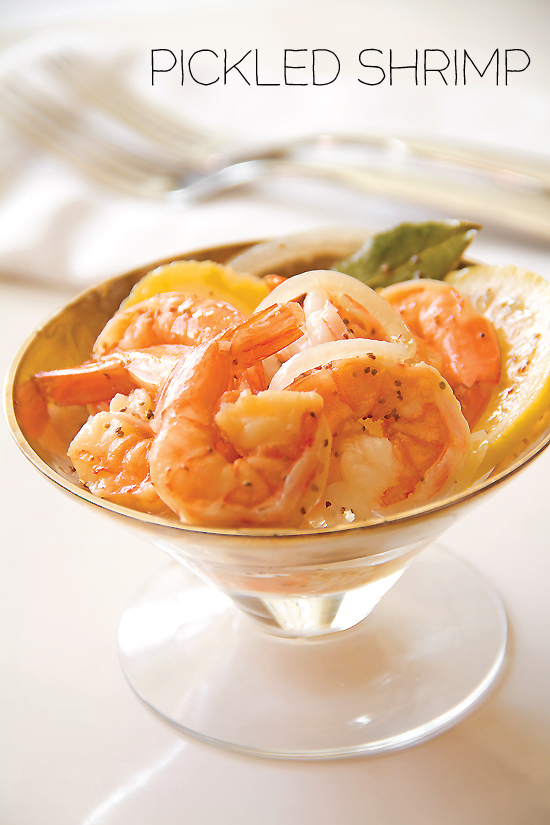
I was recently sent a copy of In The Kitchen with Le Cordon Bleu. It’s a nice looking, well photographed cookbook containing about 100 recipes. Many of the recipes are updated or simplified French classics. The kind of fare that made the cooking school famous– presented here with a modern edge. I’ll start with what I loved about this cookbook. I loved the recipe I chose to make Seared Duck Breasts with Honey Coriander Sauce. It was easy to make and very elegant at the same time. If you’ve never cooked duck breasts before, this is a great recipe to start. The text is written in a way that ensures good results. So even if you’ve never cooked duck before, you can feel confident with this straight-forward presentation.
It is my experience that many people are afraid to cook duck. That’s partly because duck breasts are very hands on. Especially when you choose to pan-sear them. Properly rendering the fat from duck takes a bit of time and is a bit counter-intuitive. Most pan searing is done hot and fast. Think chops or steak– even fish. They go in a hot pan, often with additional fat added, and you quickly char up a nice crust. Give them the old fliperoo and finish them in a hot oven. Bing. Bang. Boom. However, try that with a duck breast and you’ll end up with a fatty, rubbery crust that’s not too pleasant to chew on. That’s because the fat needs to be slowly rendered out of the skin so it will properly crisp. Do it well and not only will you get that crisp (highly edible) skin, you get the added bonus of a nice clear, clean helping of duck fat. Useful in so many ways.
This book properly instructs the reader to cook the breasts using this technique, that I call the “Bacon Method” (because the cooking process is similar). You start with a cold pan (preferably cast iron). You score the skin and put the breasts (skin side down) in the cold pan. You cook over medium or even medium-low heat. The goal for medium-rare– sweet and rosy, is 125 degrees F. The book didn’t mention that, but that’s the temperature I like.
Wine Pairing
2012 Gundlach Bundschu Gewurztraminer

Price $22.00
Pairs well with Asian food, cheeses, curries, foie gras, fruit, ginger, ham, pork, sausage, turkey
As the authors also point out “duck is a rich meat that pairs nicely with a sweet sauce”. Which is very, very true. The sauce they present is a honey coriander sauce, a lot more sophisticated than that sticky sweet orange sauce you often see served with duck. This honey coriander sauce has just the right balance of sweet honey and salty soy, made all the more interesting by the spice in coriander. I’m going to make this simple sauce a part of my regular rotation.
I also loved the polenta cakes that they suggested you serve with the duck. They weren’t actually a part of the recipe itself, but I’ve included them anyway. I’ll be honest, I haven’t always had success with polenta cakes. They often fall apart in the pan, or they stick to everything and won’t flip over in a clean, attractive manner. But these cakes performed perfectly so I’ll include their recipe here as well.
Many of the recipes in this book are challenging (as they should be from a world class cooking school). However, I can see some readers finding them a little intimidating. The ingredients might be too expensive or difficult to source. The photographs and design have a certain sophisticated, artistic quality that would work in a coffee table book or an aspirational style of cookbook, say from Thomas Keller. But this is an inexpensive paperback, the kind of book you’d expect to cook from. The kind of book you’d expect to be a workhorse. I admire the attempt to present elegant, modern French food to the home cook. I’m just not sure they got the tone quite right for that audience. Making me wonder whether to keep this book in the kitchen or the library. GREG






In my family polenta always came in the form of porridge, thus I’m to this day easily excited by variations on it, be it baked, fried, grilled or whatever.
Thank you for a great post.
Sounds like a cook book I’d really enjoy. We took a single day class at Le Cordon Bleu in Paris and learned how to cook duck breast. Yours looks perfect.
Great wine paring Grant!
LL
I’m a huge fan of duck, and have a few D’Artagnan breasts in the freezer.…lucky me!
Great review of the cookbook and I love those little polenta cakes!
I’m one of those afraid to cook duck people. I’ve done it once. Now I’ll have to put this on the “skills to learn list.”
Looks super tasty!!! Eric loves duck… though, I’ll have to convince him that coriander is acceptable 🙂
My husband adores duck and this is a terrific lesson re cooking duck breasts — truly helpful, Greg.
Oh lordy, I’m saying YES to all of this!!!
Yes. I am one of those people afraid to cook duck. I need to let go of my fear! This looks and sounds delicious. And those polenta cakes couldn’t look more perfect!